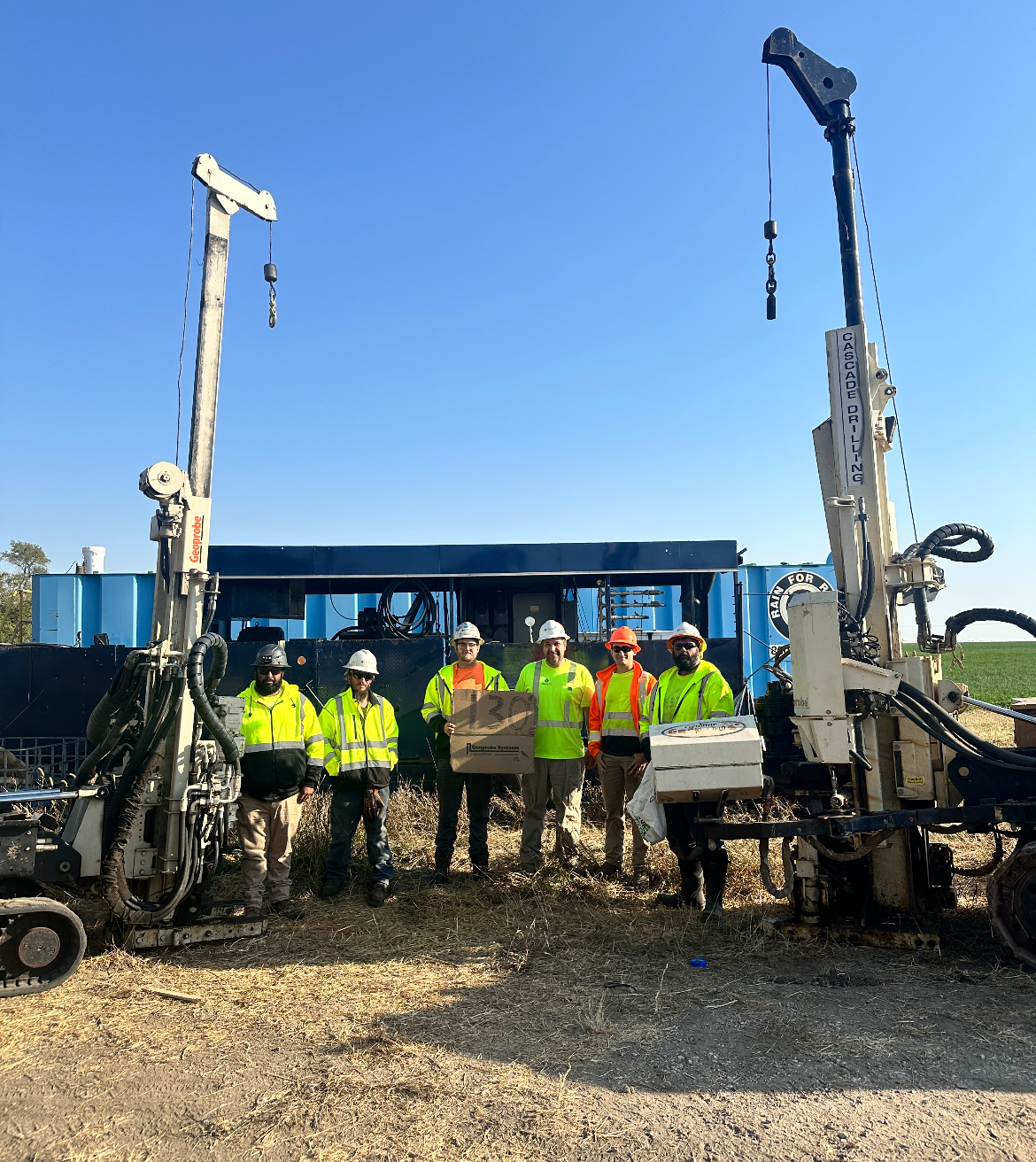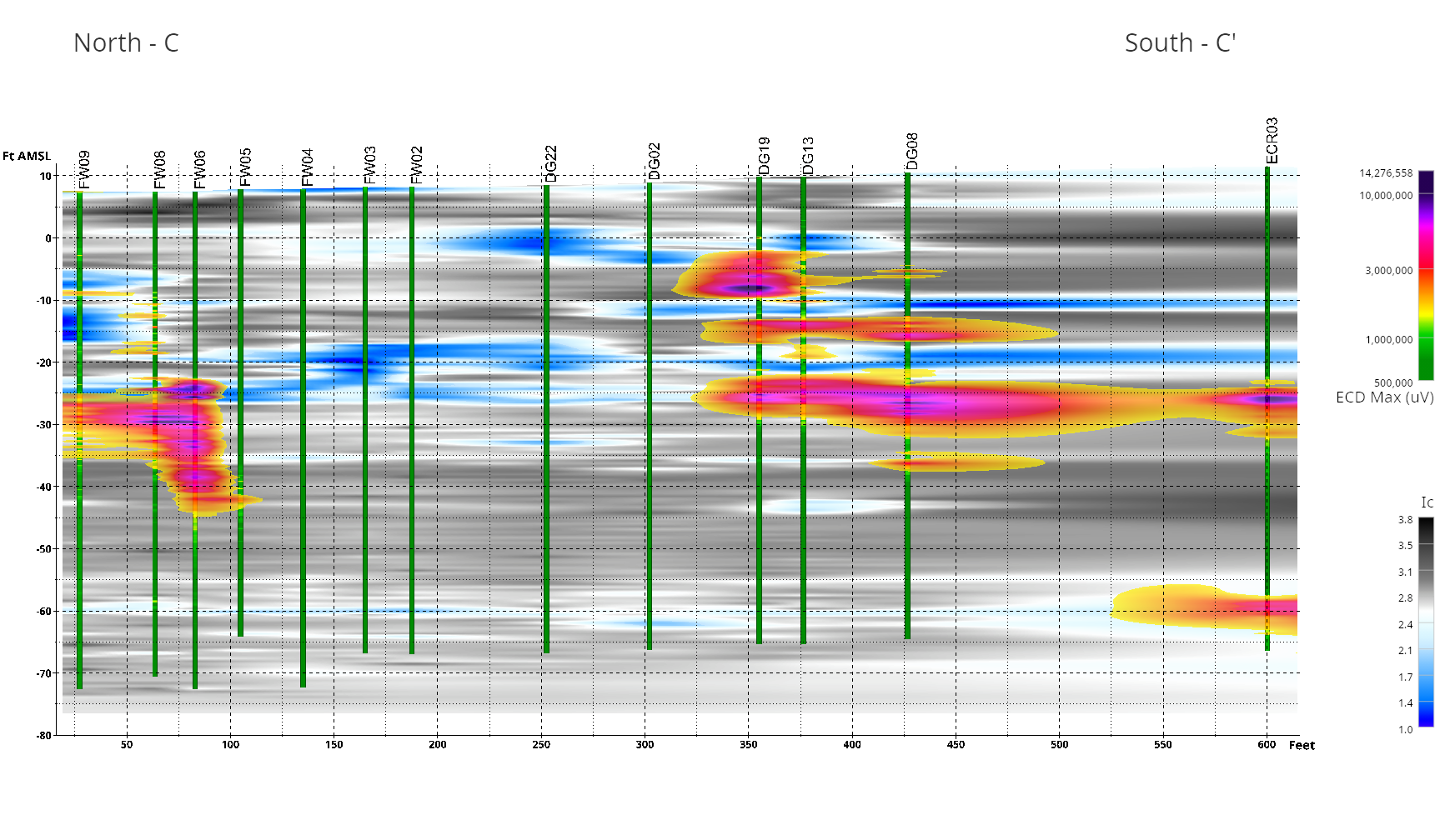The Top Questions from Part One of Cascade’s Remediation Cost Avoidance Webinar Series
By: CascadePart one of our Remediation Cost Avoidance webinar series was a great success with very positive feedback. Participants received unique insight on state of the art technologies and project management as well as an opportunity to network with industry experts.
We thought we’d share some of the highlights from the Q&A portion of the first webinar.
IS THE MIP CARRY-DOWN EFFECT IN THE CLAY SOMETHING THAT HAS BEEN RECENTLY IDENTIFIED, OR IS IT SOMETHING THAT HAS BEEN UNDERSTOOD FOR A WHILE NOW?
It has been understood for a while, but maybe not universally. It is commonly known that you tend to get higher relative responses in clays than in sand and gravel and that they tend to persist and create drag down and false positive responses. This can be overcome by burning the contaminants off by staying in the vertical interval longer, or collect additional data on the way up when retracting the MIP. In all cases, since the MIP is a screening tool, MIP responses should be confirmed with additional soil samples.
WHEN REFERRING TO REMEDIATION COST AVOIDANCE, WHAT ARE SOME TYPICAL UNNECESSARY COSTS?
Costly situations can occur when you haven’t taken into consideration matrix back diffusion. Also, after the injection program, you get rebound and continue with the same method without revising your approach. Another common scenario: sites are targeted using only MW data. As such, one doesn’t truly understand the location of the contaminant mass and how it relates to site hydrogeology. In this scenario, contact and residence time can be hit or miss and additional unplanned remediation events are likely. Also knowing in advance if there is DNAPL present is a critical conceptual site model element that will have significant bearing on the particular remedy selected.
WHERE DO REGULATORS STAND ON THE CONSIDERATION OF MASS FLUX?
A lot of regulators like the idea, while others do not. The law doesn’t allow for restoration to be determined by reducing mass flux. Instead, it requires you to hit MCL concentrations. Having said that, any regulator will be happy to see 95% of mass flux removed from the equation, considering that’s where the risk is, and public health is a top priority with that group. We can’t guarantee that will be enough, but in most cases it will be.
WE OFTEN HEAR HRSC IS TOO EXPENSIVE AND TOO DIFFICULT TO SELL TO CLIENTS. ANY SUGGESTIONS ON HOW TO HELP CLIENTS SEE THE BIG PICTURE OF REDUCING OVERALL REMEDIATION COSTS OVER THE PROJECT’S LIFECYCLE.
Different clients are motivated by different things. Where some will need to make decisions based on a short-term financial factors, others will make decisions that are more concerned with long-term, overall lifecycle project costs. Companies like Cascade, consultants, and regulators, all look at sites and are able see how frequently a particular remedy worked, where operations have fallen short, and where they’ve worked. If we start demonstrating how investing in HRSC can avoid significant unanticipated costs, thanks to the information it provides, we’ll all be able to make the case.
I UNDERSTAND THAT HRSC HELPS US BETTER DETERMINE WHAT IS GOING ON IN THE SCREEN WELL INTERVAL. DO I REALLY NEED TO UNDERSTAND THIS TO EFFECTIVELY REDUCE GROUNDWATER CONCENTRATION IN THESE WELLS?
A lot of costs and delays in performance-based situations, like DOD PBR contracts, are because there are a few wells that won’t fall below the required threshold. If you know what the vertical mass distribution or flux is, you can design a more targeted and effective remedy. Just sweeping remediation reagents past the monitoring wells won’t result in the needed contact and residence time, and won’t suffice.
HOW DO YOU DEFINE WHERE TO DETERMINE THE PLANE THROUGH WHICH THE FLUX IS CALCULATED?
The plane should be selected based on the current conceptual site model. Typically it can be within the source area (if DNAPL is present), immediately down gradient of the source area (if no DNAPL present), and within the plume. Additionally to determine upgradient impacts on the source a plane can also be implemented.
There you have it! Those were just a few of the most salient questions that came out of Part 1 of our Remediation Cost Avoidance webinar series. Thanks again to all of those who participated. If this blog sparked more questions for you, please don’t hesitate to reach out to us today.
DON’T FORGET TO REGISTER FOR OUR OTHER VIDEOS ON DEMAND - PART 2 AND PART 3.




